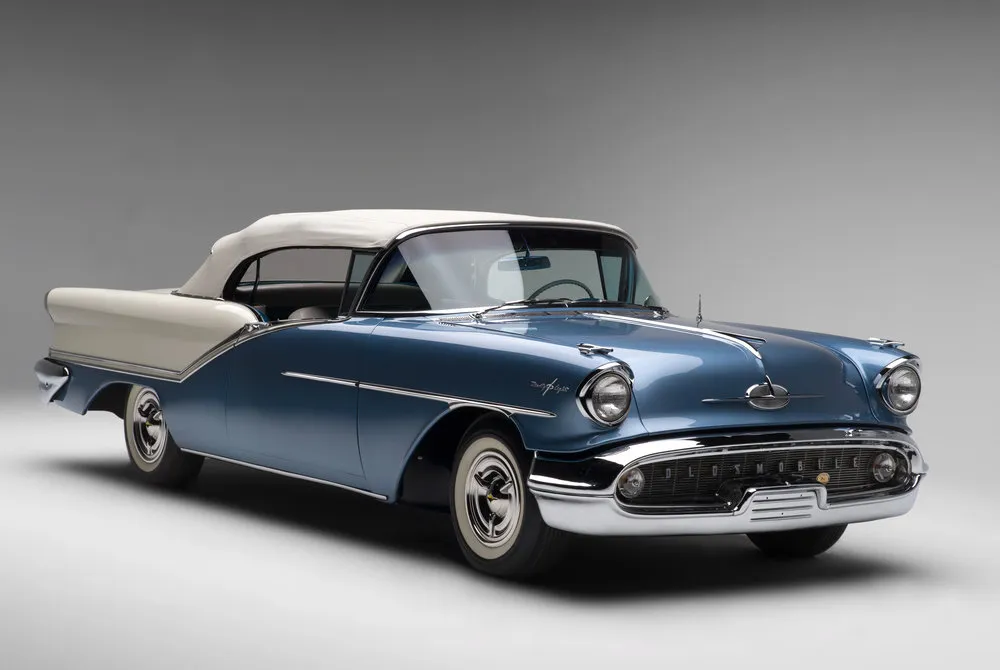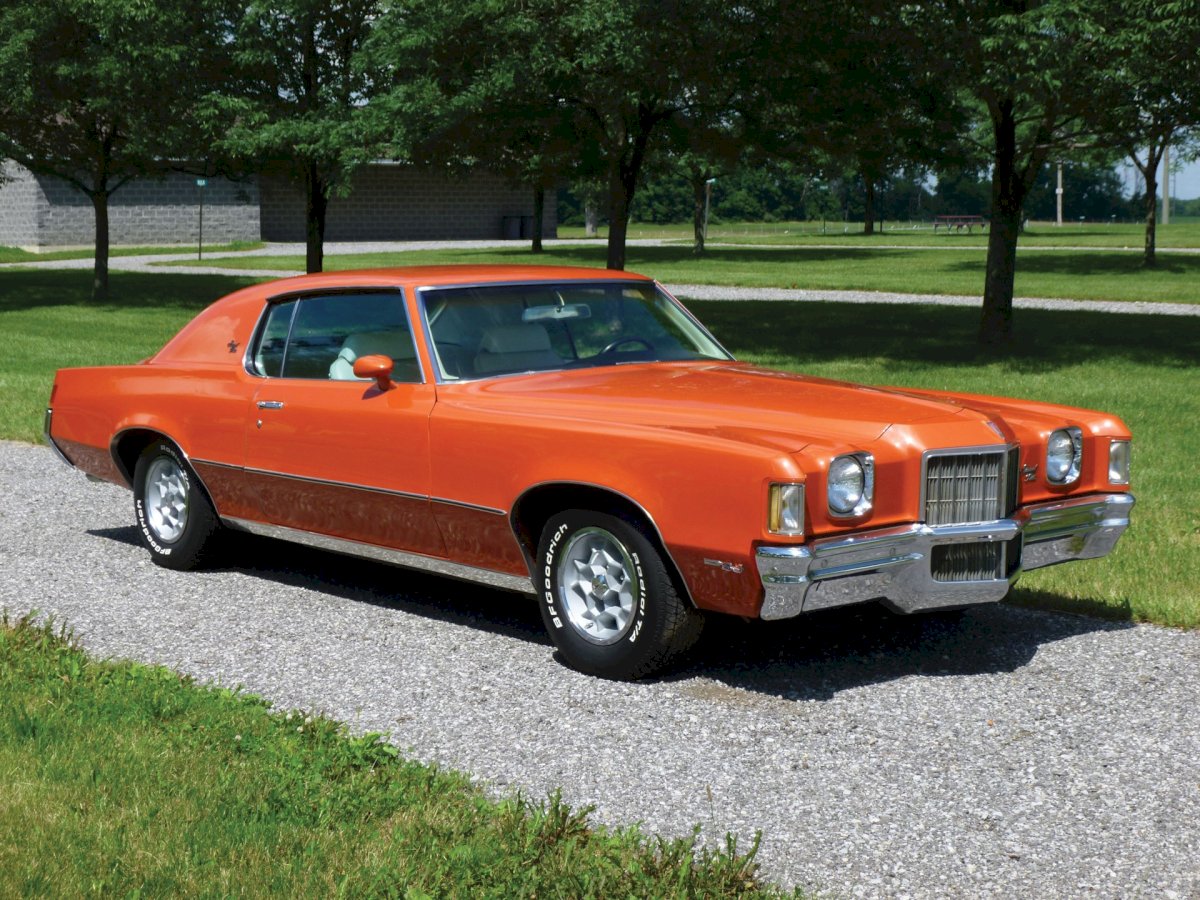In the mid-1980s, Cadillac, the epitome of American luxury, took a bold step into the world of compact cars with the 1986 Cadillac Cimarron. This departure from the traditional large, plush sedans was an attempt to cater to changing consumer preferences while maintaining Cadillac's commitment to sophistication and style. Although met with mixed reviews, the Cimarron represents a fascinating chapter in automotive history—a compact car with Cadillac flair.
Body Color: White
Engine Size: 2.8-liter V6
Transmission Type: Three-Speed Automatic Transaxle
Design Elegance: Distinctive Cadillac Styling
Despite its compact size, the 1986 Cadillac Cimarron carried the unmistakable Cadillac DNA in its design. The front end featured a bold grille flanked by quad headlights, instantly identifying it as a member of the Cadillac family. Chrome accents adorned the body, providing a touch of luxury to the exterior.
While the Cimarron shared its platform with the Chevrolet Cavalier, Cadillac worked to give it a distinct identity. The refined exterior lines and Cadillac's attention to detail set it apart from its more mainstream counterpart. It was a fine balance, attempting to merge the efficiency of a compact car with the elegance synonymous with the Cadillac brand.
Interior Comfort: Upscale Features in a Compact Space
One of the challenges in creating the 1986 Cadillac Cimarron was maintaining the luxurious interior associated with Cadillac in a more compact space. However, Cadillac managed to infuse the Cimarron's cabin with upscale features and comfort elements.
The interior boasted soft-touch materials, plush seating, and power accessories, contributing to a sense of luxury. Cadillac aimed to provide a comfortable driving experience for both the driver and passengers, even in a smaller package. The attention to detail in the interior design demonstrated Cadillac's commitment to delivering a premium driving environment.
Performance: A Focus on Refinement
Under the hood, the 1986 Cadillac Cimarron offered a four-cylinder engine paired with a four-speed automatic transmission. While the powerplant was more modest compared to the larger engines in other Cadillac models, it was a strategic move to align with the fuel efficiency demands of the era.
The Cimarron's suspension received special attention to deliver a smoother ride, emphasizing comfort over outright sportiness. The goal was to provide a refined driving experience, aligning with Cadillac's reputation for delivering a smooth and comfortable ride.
Mixed Reception: Balancing Act and Criticism
Upon its release, the 1986 Cadillac Cimarron faced a mixed reception. While some appreciated Cadillac's attempt to enter the compact car segment and saw the Cimarron as an accessible entry point into luxury, others criticized it for not living up to the expectations associated with the Cadillac name.
Critics pointed out that the Cimarron shared too many components with the Chevrolet Cavalier, leading to a perception of it being a badge-engineered version rather than a true Cadillac. The compact luxury car market was competitive, and some felt that the Cimarron didn't offer enough unique features to stand out from its rivals.
Despite the criticisms, the Cimarron played a role in Cadillac's journey toward diversification. It reflected the industry-wide shift towards smaller, more fuel-efficient cars, a response to changing consumer needs and external pressures.
Legacy: Learning from the Cimarron Experience
While the 1986 Cadillac Cimarron may not have been a resounding success in the eyes of some, it remains an intriguing part of Cadillac's history. The Cimarron experience provided valuable lessons for Cadillac and the automotive industry as a whole.
The compact luxury segment continued to evolve, and Cadillac later found success with models like the Cadillac ATS. These subsequent efforts demonstrated that there was indeed a market for smaller luxury cars, but the approach needed to be more thoughtful and aligned with shifting consumer expectations.
The Cimarron, for better or worse, marked a pivotal moment in Cadillac's journey. It prompted reflection on brand identity, consumer preferences, and the balance between luxury and efficiency. It was an experiment that, while not wholly successful, contributed to the evolution of Cadillac's product lineup and the luxury car landscape as a whole.
Video Gallery
Start-Up
Driving Test
Photo Gallery
\
\

